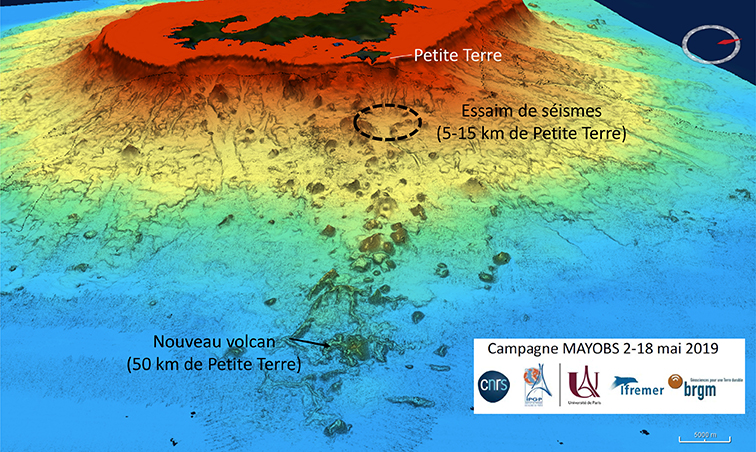Discovery of the birth of a new underwater volcano to the east of Mayotte
Interministerial press release - Discovery of the birth of a new underwater volcano to the east of Mayotte: improving our knowledge and preventing risks

Publication date: 16/05/2019
General public, Observatories, Press, Research
Related observatories : Volcanological and Seismological Monitoring Network of Mayotte (REVOSIMA)
Related themes : Natural Hazards







